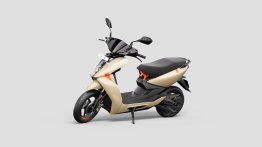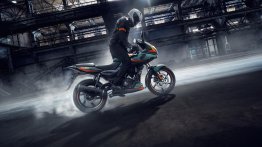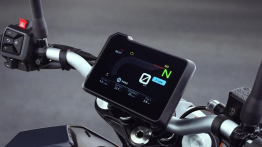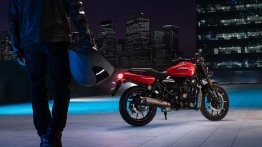The Maestro Edge 125 might be a masterstroke by Hero MotoCorp. The Gurgaon-based manufacturer has been trying to crack the winning formula in the automatic scooter segment for a long time now. They began with the 110 cc Maestro Edge and Duet, their first indigenously developed two-wheeler. Last year, they took a step forward towards achieving this goal with the launch of the family-centric scooter Hero Destini 125.
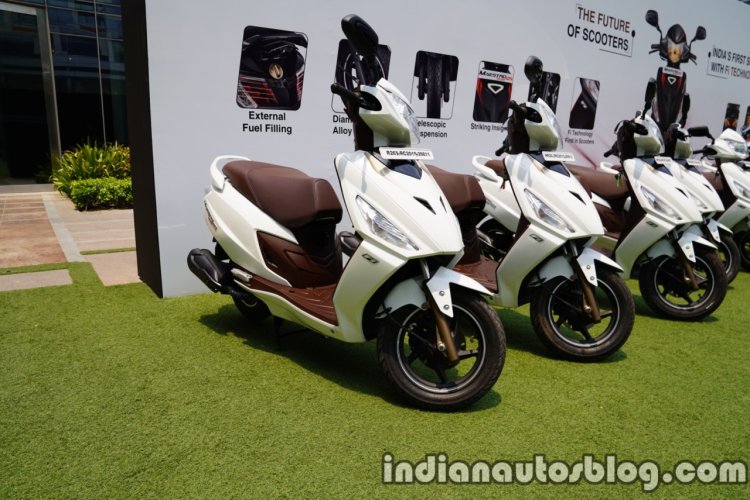
The 125 cc scooter market in India is focused on a younger audience. Products like Aprilia SR 125, Suzuki Burgman Street 125 and TVS NTorq are living proof of this. Especially the latter, which has helped TVS expand its sales volumes. With the Maestro Edge 125, Hero is attempting just that. But with established brands like Honda, Suzuki and TVS ruling the market, how does Hero plan to stand out from the crowd? Let’s find out!
Engine - the biggest USP of Hero Maestro Edge 125
Let’s get to the heart of the matter instantly. The Hero Maestro Edge 125 is the first series production scooter to feature fuel injection. This technology will not only lead to a crisper throttle response but also help in making the machine more fuel efficient. The 124.6 cc air-cooled engine is capable of producing 9.2 PS of power at 7,000 rpm and 10.2 Nm of torque at 5,000 rpm. That puts it in line with the competition with TVS NTorq at 9.4 PS and Aprilia SR 125 at 9.52 PS of power. The TVS scooter though is slightly higher on torque at 10.5 Nm, while the Aprilia model tops out at 9.9 Nm.

The carburetted version of the Maestro Edge 125 produces 8.8 PS of power and the same amount of torque as the fuel injected version. The twist and go automatic scooter segment saw the introduction of a 3-valve engine with the TVS NTorq and while that gives the machine more breathing power, Hero decided to play their age-old ploy of fuel efficiency.
Just like the Destini 125, the Maestro Edge 125 gets Hero's proprietary i3S technology. This engine start-stop mechanism switches off the engine when a rider stops for a duration, say at a traffic signal, helping the scooter save fuel. When the light turns green, one needs to just press any of the brakes levers to get the engine rolling again. However, this feature is available only in the carburetted variant of Hero Maestro Edge 125 and not in the fuel injected version.
Also Read: Hero Xtreme 200S - All You Need to Know
The Suzuki Burgman Street 125 and the Honda Grazia promise a butter-smooth experience with its respective plants. However, the former does not offer any bells and whistles seen in the offerings from Hero and TVS. The Grazia though boasts a 3-step Eco Speed Indicator for allowing the rider to keep the fuel economy in check.
Cycle parts - an even ground
The Hero Maestro Edge 125 gets standard telescopic fork up front and a spring-based monoshock in the rear just as the Grazia. We will be able to say more on Maestro Edge 125’s setup after we ride the scooter but we do not expect it to be vastly different from the one seen in the 110 cc Maestro. In comparison, the TVS NTorq gets a telescopic unit upfront and a gas-charged monoshock in the rear for a plusher ride quality. The Aprilia SR 125's suspension setup, though, has been kept on a slightly stiffer side.
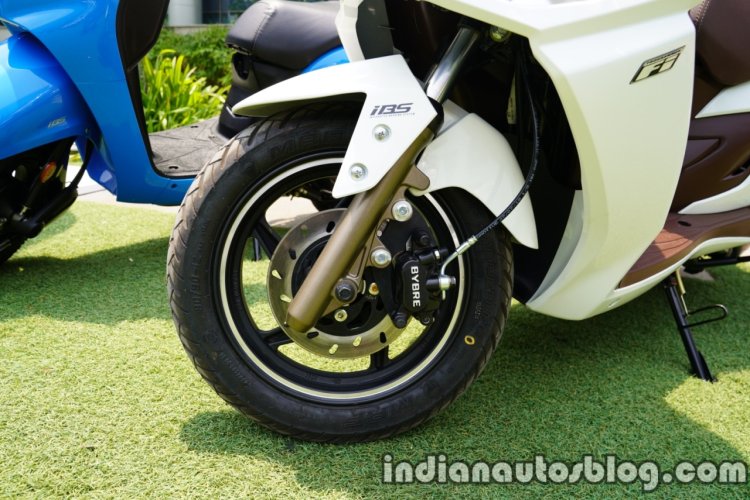
If we talk about braking abilities, all scooters in the segment have an optional disc brake in the front with the TVS NTorq getting a petal unit. While the TVS product was launched with a disc brake up front as standard, a drum brake version has been introduced to offer a more a more accessible variant.
The TVS Ntorq gets a 12-inch tyre at both ends, while Honda Grazia gets a 12-inch set in the front and a 10-incher in the rear, just like the Hero Maestro Edge 125 and Suzuki’s Burgman. The Aprilia SR 125, though, beats everyone for in this race with motorcycle-like 120-section, 14-inch wheels. It also has the largest fuel tank capacity of 6.5 litres, promising a higher mileage and lesser fuel stops.
Also Read: 10 two-wheelers we want to be on sale in India
Features - Simple and precise but limited
Now, this is where things have completely changed for the scooter market. From the humble Bajaj Chetak and LMLs, scooters in India have evolved dramatically. The TVS Ntorq leads the pack with a Bluetooth based smartphone connectivity which provides turn by turn navigation and call alerts. It’s an all-digital unit features 55 read-outs including lap timings (best and last), cell phone network strength and last park location assist.
Both Honda Grazia and Suzuki Burgman Street 125 get an all-digital layout. The former's 3-step Eco Speed indicator gives the rider more friendliness to get better fuel efficiency. The Burgman’s Gixxer 155-inspired digital unit is one of the most easily legible instrumentation consoles available in the market.
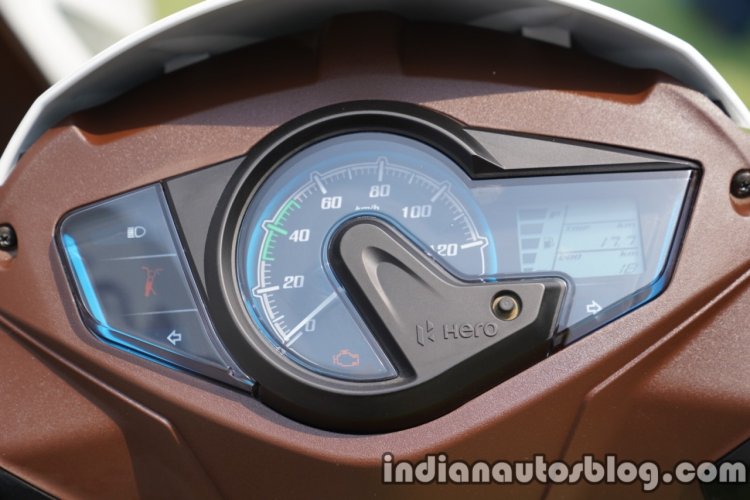
The Hero Maestro Edge 125 gets a mix of digital and analogue, with orange backlit. It does get the job done with all the basic readouts, including a side stand indicator and service reminder. However, it would have been nice if Hero had plonked in the connected instrumentation setup seen in the XPulse 200 and Xtreme 200S.
The range of premium 125 cc scooters from Suzuki and Honda boast LED headlamps. In fact, the Grazia was the first Indian scooter to feature an LED headlamp. The TVS model settles with an LED strip below the halogen headlamp while the Aprilia scooter completely misses out on it. The Hero Maestro Edge 125 is on the backfoot with a halogen lamp and it would have been nice had there been an LED setup, at least in the range-topping fuel injected variant.
Also Read: 5 tips to get back to riding after a motorcycle crash
Design - Hero sure needs fresh drawing boards
Hero has once again let down on the design front. Other than a few sticker jobs and a tiny LED triangle on the front apron, the company has not changed much in the Maestro. The design philosophy was first showcased in 2011 at London’s O2 Arena where the company unveiled its new corporate identity after the split with Honda. The Maestro Edge may have become slightly edgier since then but the design has begun to show its age.
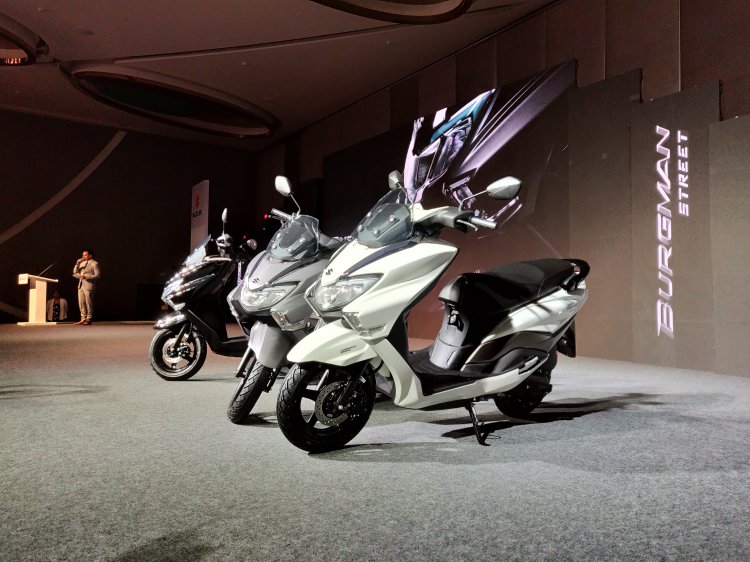
Hero doesn't offer dual-tone sticker options in the bigger, 125 cc variant. The body isn't sharp or sporty. Also, while the brown inner apron and footboard colouring lends a classy look to the scooter in Pearl Fadeless White, the red in Panther Black just doesn’t do justice in real life. The diamond-cut alloy wheels though look sharper than ever.
Also Read: 7 most affordable motorcycles with an all-digital instrumentation
Price - Future-proofing Hero's market supremacy
The Hero Maestro Edge 125 begins at INR 58,500* for the carburetted trim and INR 62,700* for the fuel-injected trim. The TVS NTorq is priced at INR 58,252* with drum brakes and INR 59,900* with a front disc brake. The Aprilia SR125 has a sticker price of INR 69,960*, while the Suzuki Burgman 125 will set you back by INR 69,208*. The Honda Grazia’s prices start at INR 60,723* and go up to INR 65,095*.
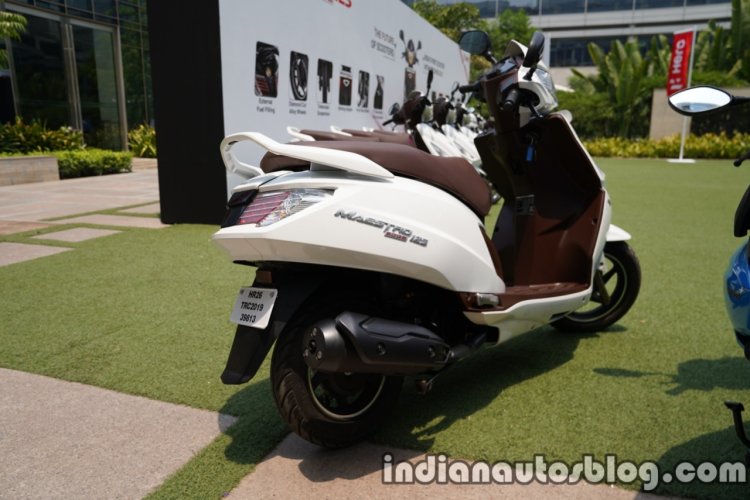
This is where Hero’s masterplan comes out in the open. While they did cut corners on the features front, they gave what scooters in India needed the most – fuel injection. At INR 62,700*, the fuel injected Hero Maestro Edge 125 is future-ready and won’t get a hefty price hike in April next year as expected in the rest of the competition when the BS-VI norms are enforced.
Once again, Hero seems to be relying on keeping an affordable price tag for a product which ticks off more than a few boxes. But does it beat the competition in the real world? That’s a tale for another day.




















